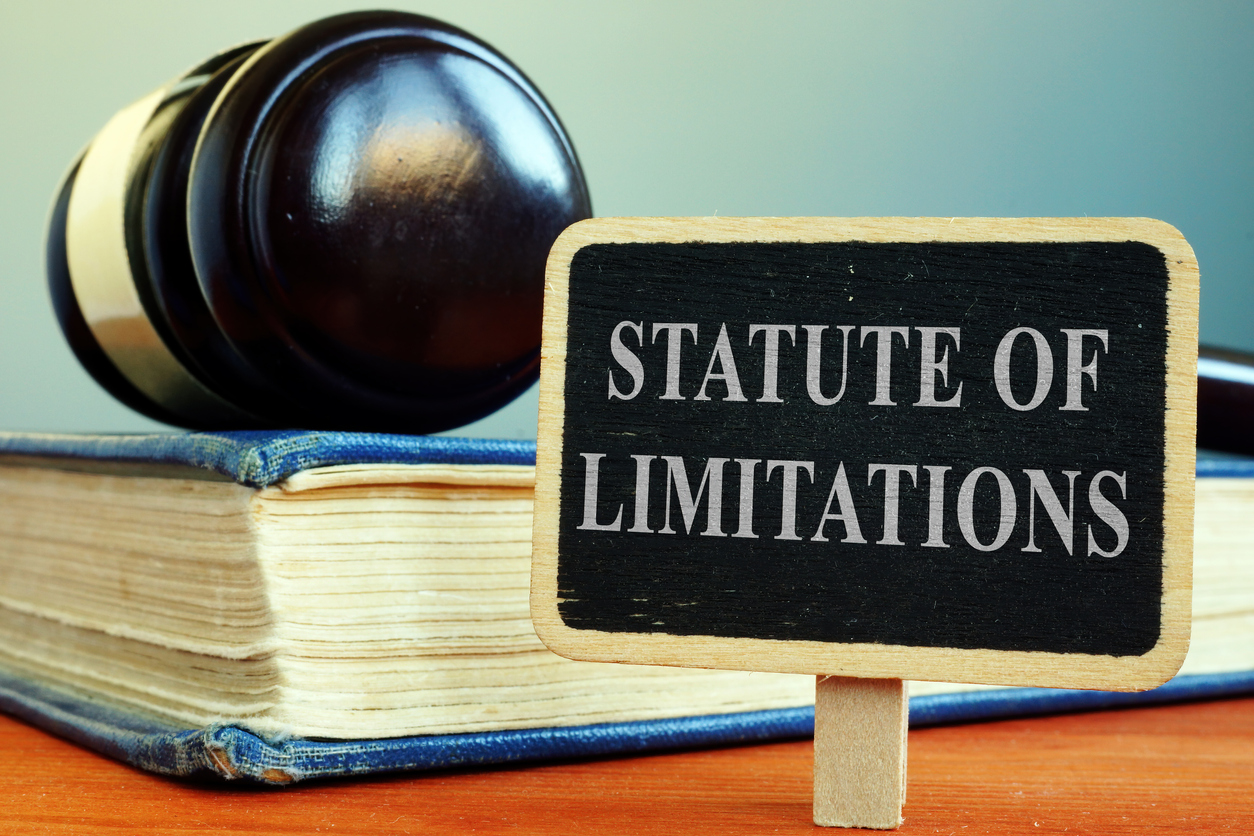Research conducted by the Gartner Group found that approximately 40% of companies that experience a disaster will be out of business within five years. With these dire predictions, business should spare no expense in having a business continuity plan and risk planning strategies to soften the blow of a catastrophic loss, pending the outcome of any insurance claims. Businesses planning to expand their operations or venture into new oppoutunities should be even more aggressive with their risk planning.
In Averting Disaster: Techniques for Analyzing Business Interruption Claims, N.Y. St. B.J., October 2008, Russell Kranzler provides excellent practice pointers to beat these odds.
Immediately after a loss, it is critical to assemble a multidisciplinary team of competent, independent professionals to launch the recovery plan. With an attorney coordinating the effort, the team may include public adjusters, independent appraisers and forensic accountants with insurance experience.
Too often, businesses fall into the trap of relying too heavily on the insurance carrier’s forensic accountants or its own internal accounting staff to calculate the business interruption loss. The insurance company’s accountants, however, work for the carrier. Even if they endeavor to provide an accurate estimate of the loss, they have no incentive to pursue creative, but legitimate, interpretations of policy language that would enhance the insured’s recovery.
It is important to move quickly. Soon after a business notifies the carrier of its claim, the carrier, with the advice of its adjuster, will establish a reserve. Once that figure is set, it can be very difficult to convince the carrier to settle for a larger amount. The business will benefit greatly if its financial experts have an opportunity to meet with the adjuster and provide their input into the development of a preliminary loss estimate. By providing the carrier’s representatives with the relevant facts and educating them about the nature of the policyholder’s business and its financial condition, a forensic accounting analysis can help ensure that the insurance company does not underestimate the loss.
Insurance carriers typically focus on an insured’s historical operating experience to determine the measure of business income loss. However, in some cases, it is possible to demonstrate that the insured would have generated more income during the recovery period than it did in the past.
Consider the case of General Insurance Co. of America v. Pathfinder Petroleum Co.,145 F.2d 368 (9th Cir. 1944). The insured, which had been in business only eight months, had little or no profit before a fire destroyed its gasoline manufacturing plant. It sought to recover lost profits under a 90-day “use and occupancy” policy. One issue in the case was whether the insured’s recovery should include net profits that would have been earned by a polymerization plant the insured had contracted to build on the destroyed premises during the recovery period.
The insurance carrier argued that the insured should not recover these profits because the plant didn’t exist at the time of the loss. The court disagreed, noting that the insurance policy covered net profits from the business of manufacturing gasoline and the contracted polymerization plant was part of that business. The loss of use of its facility prevented the insured from building the plant and earning the profits it would have generated.
This demonstrates that a thorough analysis of a company’s pre-loss business plans and projections, as well as post-loss market conditions, can help it develop a picture of the expected financial performance.



